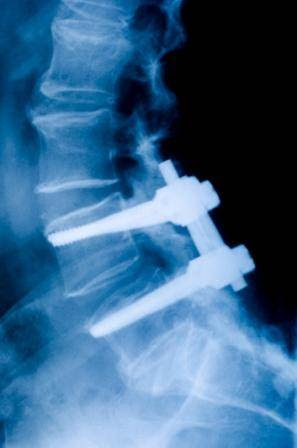- Joined
- Sep 30, 2014
- Messages
- 3,086
- Reaction score
- 6,388
The question is would there be a successful lawsuit if BIS was used?
Maybe, maybe not. This is why documentation is so important and is your biggest defense against a lawsuit. If you had great documentation, including a BIS, a lawyer might have told the patient that this could be a difficult case to win and might not have taken it. Inconsistencies in documentation, illegible documentation, or missing documentation are big reasons why malpractice suits are filed in the first place.
